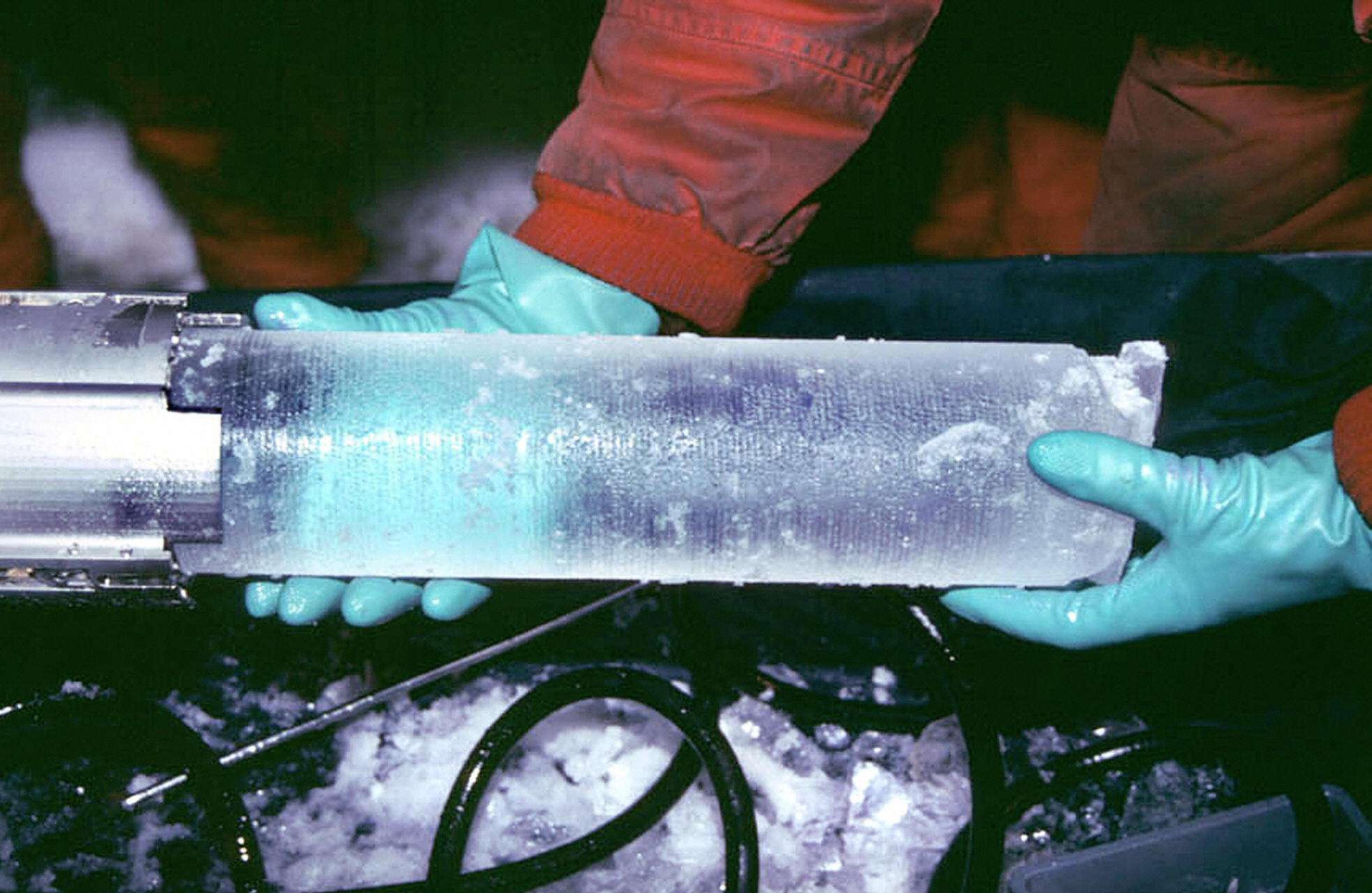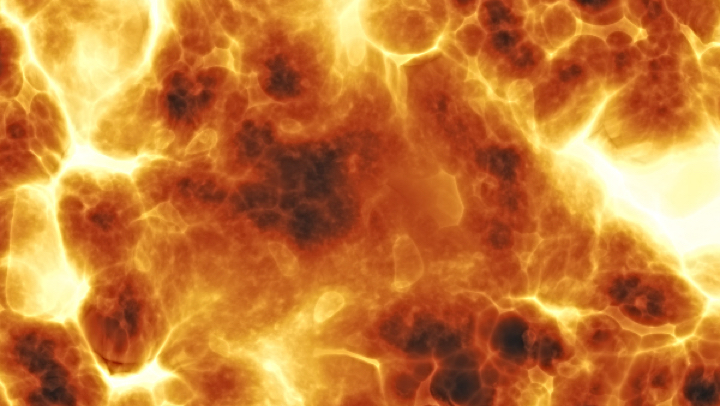temperature
Forget everything you thought you knew about boiling and freezing, thanks to these MIT scientists.
Scientists produce a value for the cosmic microwave background that will definitely prove or disprove that the speed of light used to be higher.

